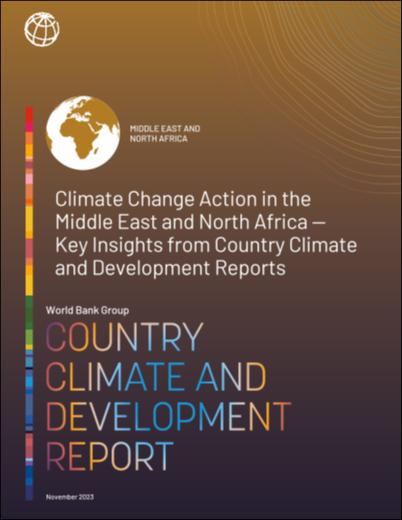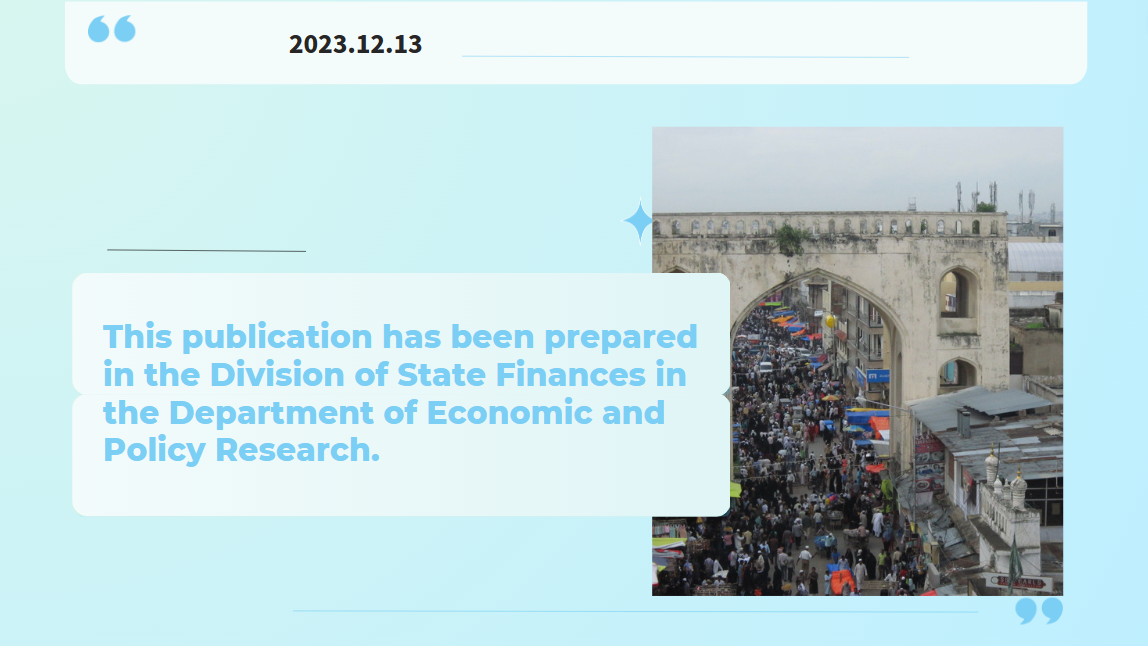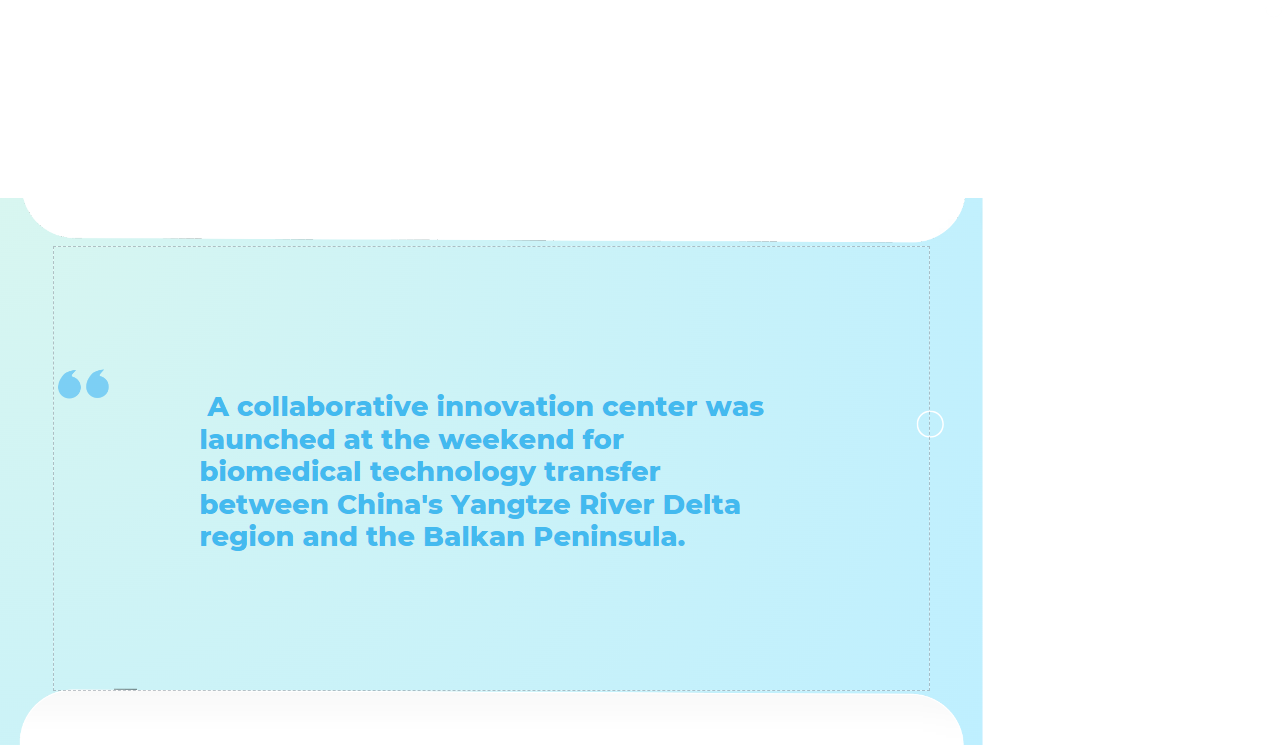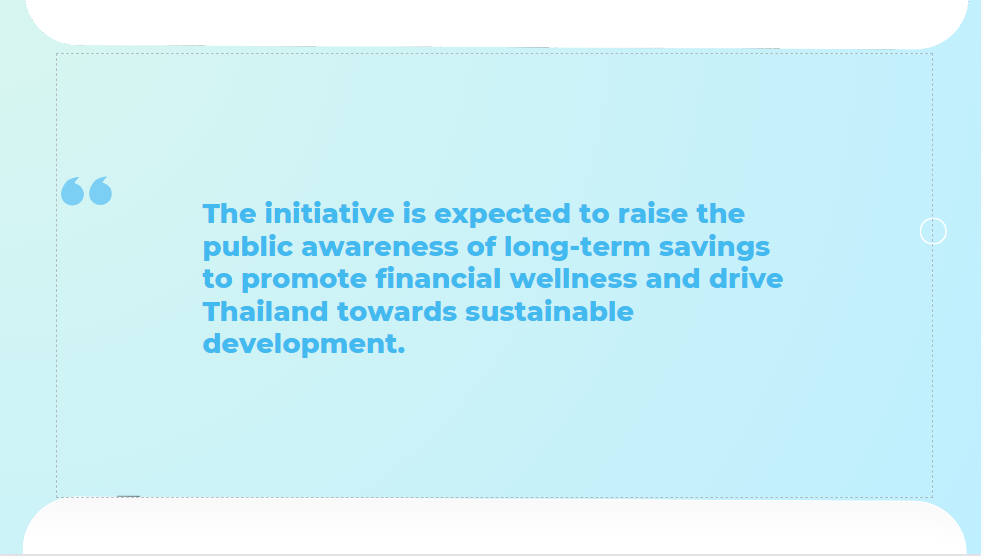Climate Change Action in the Middle East and North Africa — Key Insights from Country Climate and Development Reports
Abstract
Climate action is critical for development in the Middle East and North Africa (MENA). The region contains countries among the most affected by climate change but least prepared to address it. This report introduces key findings of the World Bank Country Climate and Development Reports (CCDRs) in the region. The CCDRs help align climate and development considerations for governments and other stakeholders and help prioritize actions that enhance adaptation and resilience, reduce greenhouse gas emissions, and align with broader development goals. Addressing these challenges and converting them into opportunities is crucial, including taking carefully prioritized, sustained action. Seven CCDRs have been published for MENA countries (Egypt, Iraq, Jordan, Lebanon1, Morocco, Tunisia, West Bank and Gaza), offering policy and investment options to harmonize climate and development objectives. Additional countries will be covered as CCDRs are finalized in the coming years.
Insights from Country Climate and Development Reports
Climate action is critical for development in the Middle East and North Africa (MENA). The region contains countries among the most affected by climate change but least prepared to address it. This report introduces key findings of the World Bank Country Climate and Development Reports (CCDRs) in the region. The CCDRs help align climate and development considerations for governments and other stakeholders and help prioritize actions that enhance adaptation and resilience, reduce greenhouse gas emissions, and align with broader development goals. Addressing these challenges and converting them into opportunities is crucial, including taking carefully prioritized, sustained action. Six CCDRs have been published for MENA countries (Egypt, Iraq, Jordan, Morocco, Tunisia, West Bank and Gaza), offering policy and investment options to harmonize climate and development objectives. Additional countries will be covered as CCDRs are finalized in the coming years.
Message 1: Without adaptation, annual real GDP in MENA CCDR countries will decline
by 1.1 percent to 6.6 percent by mid-century and will disproportionately affect poor and
vulnerable households.
Macroeconomic modeling of the effects of climate change in MENA projects considerable limitations on economic activity. Depending on which global climate change scenario materializes, by mid-century, it is estimated that annual real gross domestic product (GDP) for the seven CCDR countries in MENA will be 1.1 percent to 6.6 percent below what it would be without damage from climate change (Figure 1). This damage will be generated through channels such as heat, water loss, flooding, and crop yields that differ from one country to another, but water scarcity is the main driver. For example, in Tunisia, it is projected that 71 percent of real GDP losses by 2050 will be a result of water scarcity. Because CCDRs do not capture all climate impacts, projections of total losses due to climate change could be even higher, but even with this lack of precision, it is clear that climate change will significantly limit GDP, affecting many (if not all) economic sectors (Box 1).
Figure 1: Range of Annual Decreases in Real Gross Domestic Product Due to Climate Change in Middle Eastern and North African Countries Based on Macroeconomic Scenarios Presented in Country Climate and Development Reports (%)

Climate shocks will have disproportionate effects on poor and vulnerable households, highlighting the
importance of protection to ensure an inclusive transition in MENA countries. Extreme weather events and
changing precipitation patterns exacerbate existing vulnerabilities that are a function of socioeconomic
factors. For example, in Egypt and Morocco, poor rural people rely primarily on agriculture for their income
and are likely to see increasingly extreme conditions affect their livelihoods. In Morocco, Egypt, and Jordan,
the reports recommend identifying the most vulnerable groups exposed to climate events and targeting
social protection programs accordingly. To complement these efforts, the Morocco report further suggests
expanding the existing disaster risk financing mechanism to include schemes to address droughts and
provide agricultural insurance for small farmers.
Citation
"中东和北非国家气候与发展报告:中东和北非的气候变化行动——《国家气候与发展报告》的主要见解。© http://hdl.handle.net/10986/40650"World Bank Group. 2023. CCDR Series. Washington, DC: World Bank. License: CC BY-NC-ND 3.0 IGO.






















































First, please LoginComment After ~